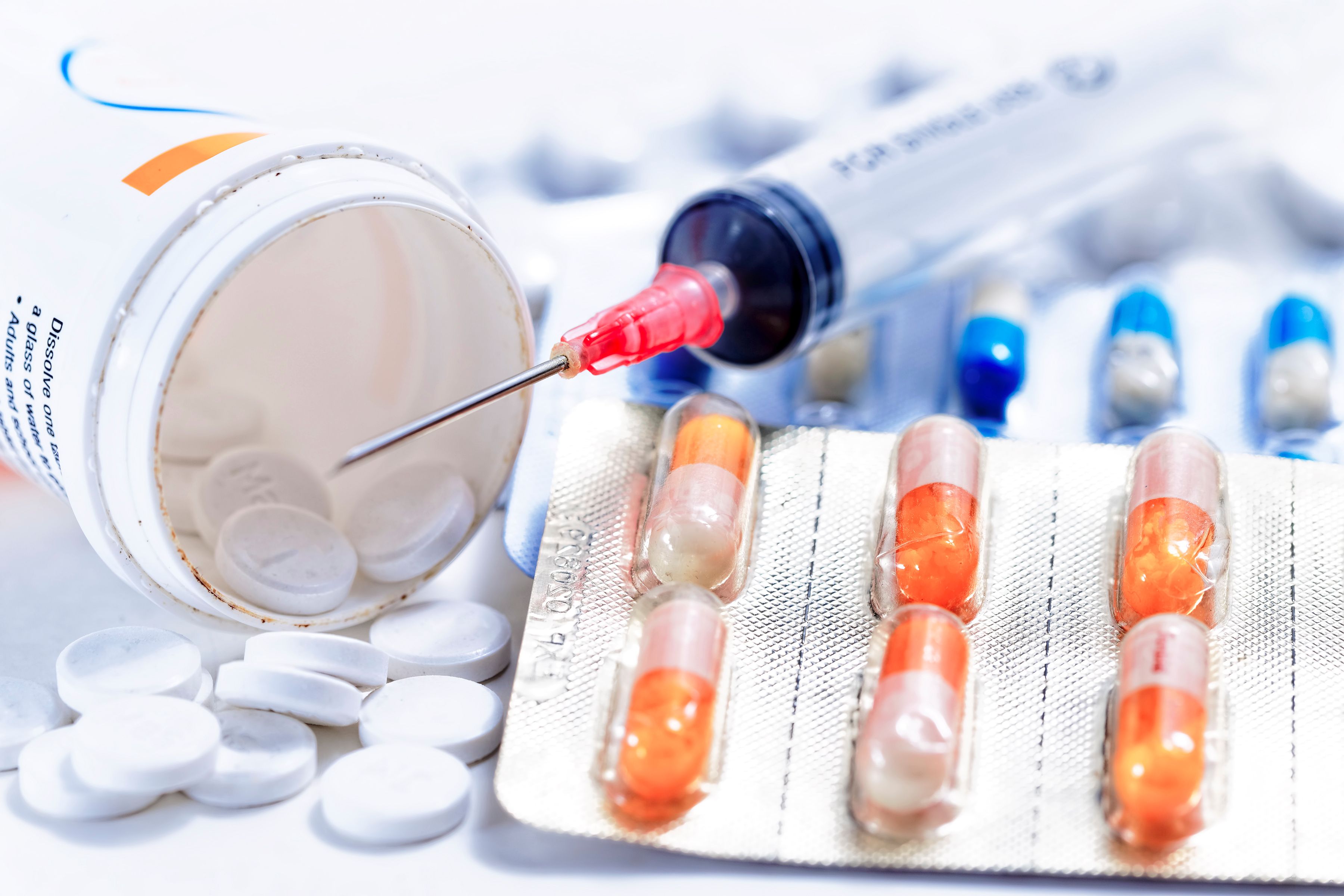Video
How Pharmacists Can Help Assess Heart Disease Risk in Patients With Cancer
Christopher Fine, MD, FACC, a cardiologist at National Jewish Health, discusses how pharmacists can support patients with cancer who have a much higher risk of heart disease.
Pharmacy Times interviewed Christopher Fine, MD, FACC, a cardiologist at National Jewish Health, to discuss the relationship between heart disease and cancer.
Alana Hippensteele: Hi, I’m Alana Hippensteele with Pharmacy Times. Joining me is Christopher Fine, a cardiologist at National Jewish Health, to discuss the relationship between heart disease and cancer.
For pharmacists who are working with patients with cancer, what are some signs they might look for to assess heart disease risk?
Chris Fine: As far as signs go, that's even incredibly difficult for oncologists or cardio-oncologists in the clinic, just because there's so much overlap with symptoms and even some signs of patients receiving active cancer treatment. The Venn diagram is almost more like a target to being honest, even in clinic. A lot of—let’s say heart failure, for instance—you’re looking for shortness of breath, increased fatigue, lower extremity edema, early satiety or getting full sooner in a meal, having difficulty breathing lying down. A number of these cancer treatments can also cause that temporarily. A lot of patients are on high-dose steroid therapy, which can do a number of these things as well. So, it can get very tricky.
Where I found a pharmacist to be the most effective in a multidisciplinary setting for a cardio-oncology team is to really help review with the patient, especially since a lot of these things are a moving target with drug-drug interactions, even some food-drug interactions at a certain level could be a significant identifier of adverse effects down the road. I've had a number—despite our best efforts—I’ve had a number of pharmacy colleagues reach out and say, “Hey, I've noticed these 2 drugs. This is brand new, these 2 drugs are actually not playing nice with one another. Do you think that we should modify a dose based off of XYZ or maybe try an alternative when appropriate?” That's been nothing but gold to a multidisciplinary cardio-oncology practice.
Alana Hippensteele:Are there any best practices pharmacists can take when working with patients during cancer treatment to limit or eliminate some of the heart disease risk factors during treatment?
Chris Fine: I think 1 of the main things pharmacists can do in that aspect of a patient's care, which I found to be the most helpful is the drug-drug interactions, like I mentioned before—quite, quite helpful. Another thing that's helpful is sometimes our pharmacy colleagues are able to tease out some subtle early side effect type of symptomatology, or subtle bleeding symptomatology if they're on an anti-platelet or anti-thrombotic therapy for a blood thinner type of thing. They're very helpful to me when it comes to the oncology pharmacotherapy in general. Being a cardiologist kind of at heart, that's my general training, the pharmacodynamics of some of the cancer treatments are certainly not my strong suit—the formulations, how they're delivered. They can absolutely help me anticipate care based off of drug scheduling. And if plan A doesn't work, we would modify to Plan B and how that drug scheduling is helpful. That routinely modifies the way that I treat the patient and how I survey the patient long term.
Alana Hippensteele: How do you think the field of cardio-oncology may impact cancer care more broadly moving forward?
Chris Fine:I think that when the discipline of cardio-oncology is more universally appreciated for what it is and how it can be beneficial to the patient and oncology care as a whole, we're going to start finding that the big gaps in morbidity and mortality from a cardiovascular standpoint, when the cancer patient is in long-term remission and the cancer is thankfully in the rearview mirror, we're going to start seeing that wide gap with them compared to the general population start to narrow. Ideally, we'll start seeing cardiovascular intervention be a little bit more aggressive when it comes to blood pressure targets, lipid profile targets, routine activity targets, dietary targets, things like that. Having a more aggressive mindset in this particular patient population, I think is ultimately going to start paying dividends down the road.
Alana Hippensteele: Any closing thoughts?
Chris Fine: One of the biggest things right now in the cardio-oncology space does boil down to awareness. Now there's been significant strides in that, especially over the last 10 years. There's a particularly great group that I've been fortunate enough to be a part of called the International CardioOncology society. They're the longest running formalized cardio-oncology society in the world; they've been around since 2011. They truly are global, and there’s chapters in most countries. They have a weekly webinar where all of the world leaders get together actually in real time and discuss challenging cases. That, for the medical community, has been particularly helpful.
On a more recent end of the spectrum, in the fall of 2018, the Journal of the American College of Cardiology or JACC, as it's known, has a number of tributary journals, and they actually started their own formalized cardio-oncology journal. Bonnie Ky out of the University of Pennsylvania is actually the editor in chief of that. She's done fantastic jobs in physician awareness, but they're also working on the activist level from a patient standpoint, and a lot of that is starting to trickle down to the patients as well. Over the past 3 to 4 years, we're starting to really see that spike in awareness that we've been wanting for quite some time, and I actually think that's going to continue.
Newsletter
Stay informed on drug updates, treatment guidelines, and pharmacy practice trends—subscribe to Pharmacy Times for weekly clinical insights.






